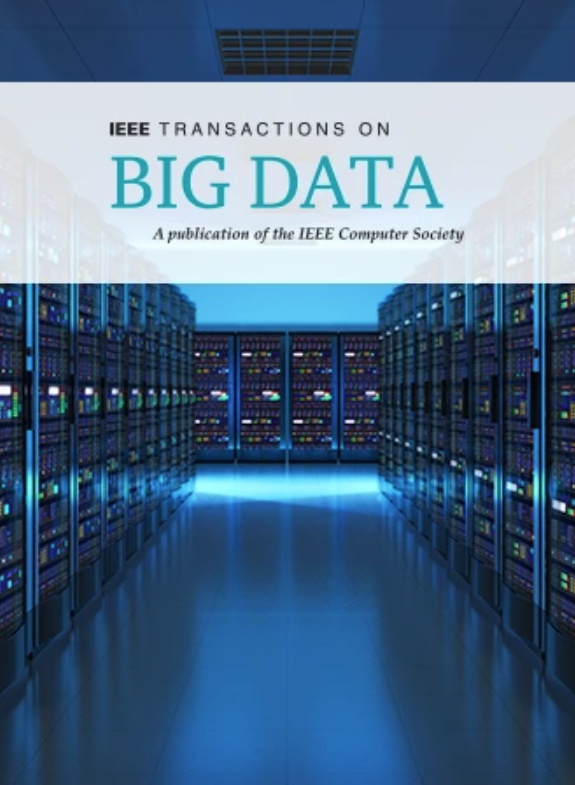Graph Data Model and Graph Query Language Based on the Monadic Second-Order Logic
IF 7.5
3区 计算机科学
Q1 COMPUTER SCIENCE, INFORMATION SYSTEMS
引用次数: 0
Abstract
With the wide application of graphs in various fields, graph query languages have attracted more and more attention. Existing graph query languages, such as GraphQL and SoQL, mostly have similar expressive power as the first-order logic or its extended versions, and are limited when used to express various queries. In this paper, since the graph data model is the base of the graph query language, we propose a new graph data model with the expressive power of monadic second-order logic (abbr. MSOL), and then present a more expressive SQL-like declarative graph query language named基于一元二阶逻辑的图数据模型与图查询语言
随着图在各个领域的广泛应用,图查询语言越来越受到人们的关注。现有的图查询语言,如GraphQL和SoQL,大多具有与一阶逻辑或其扩展版本相似的表达能力,并且在用于表达各种查询时受到限制。鉴于图数据模型是图查询语言的基础,本文提出了一种具有一元二阶逻辑表达能力的新图数据模型,并提出了一种表达能力更强的类似sql的声明式图查询语言$SOGQL$,以有效地支持更常见的查询。在此基础上,首次提出了一种基于MSOL的属性图演算方法。然后,提出了新的图数据模型。它的图代数在图集上操作,有七个基本算子,如并、过滤、映射和约简。其次,基于图数据模型,提出了图查询语言$SOGQL$。由于图代数与图演算具有相同的表达能力,因此$SOGQL$具有MSOL的表达能力,可以在子图上表达带有约束的查询。并应用$SOGQL$实现了一个名为$SOGDB$的原型系统。将$SOGDB$与$SOGQL$结合使用,实验结果表明了其有效性。
本文章由计算机程序翻译,如有差异,请以英文原文为准。
求助全文
约1分钟内获得全文
求助全文
来源期刊

IEEE Transactions on Big Data
Multiple-
CiteScore
11.80
自引率
2.80%
发文量
114
期刊介绍:
The IEEE Transactions on Big Data publishes peer-reviewed articles focusing on big data. These articles present innovative research ideas and application results across disciplines, including novel theories, algorithms, and applications. Research areas cover a wide range, such as big data analytics, visualization, curation, management, semantics, infrastructure, standards, performance analysis, intelligence extraction, scientific discovery, security, privacy, and legal issues specific to big data. The journal also prioritizes applications of big data in fields generating massive datasets.
 求助内容:
求助内容: 应助结果提醒方式:
应助结果提醒方式:


